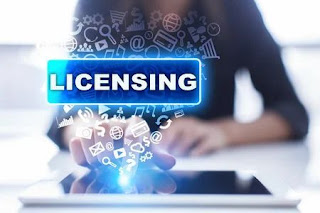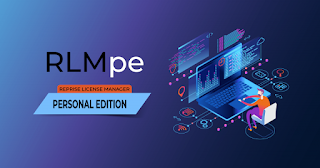Concurrent licensing model with benefits
Software licensing arrangements assist with protecting your product from unapproved use and decide the type of involvement your clients will have when they buy your product. There are various software license models you can take on, and you might be wondering which types of licenses you ought to offer your clients. If your client is a huge organization with a large number of representatives who might have to utilize your product, buying a license for every client can get expensive. That is where a concurrent licensing model could prove to be useful.
What Is a Concurrent License?
A concurrent software license is a kind of license that depends on the most extreme number of clients who will utilize it all the while.
Benefits and Disadvantages of Concurrent License
The following are a couple of the upsides of the concurrent license model:
· Adaptability: Concurrent clients can get to the product from various devices and various areas all over the world. This makes moving admittance to new workers a snap.
· A limitless number of records: A concurrent license isn't attached to the number of clients generally. That implies a client can open as the need might arise on however many devices their workers would utilize.
· Cost-effectiveness: The organization just pays for the number of licenses being utilized at a given time. This can be especially huge if an enormous number of workers should have the option to get to the concurrent licensing software, however just infrequently.
· Deciding peak limit: When buying a concurrent license, the organization should conclude the number of representatives that will require concurrent access. At times it tends to be difficult for organizations to figure out what this number ought to be and assuming they surmise wrong, it might mean representatives will not approach the organization's license when they need it.
· Introductory investment: The expense effectiveness of concurrent licenses isn't clear at every turn. They frequently cost more at first than every seat license does. However, assuming it's the right model for that organization, it will pay off.
Since offering greater adaptability can be the contrast between having a blissful client and having no client by any stretch of the imagination. An organization will be unable to pay for per-seat licenses for every individual who needs to get to your product once in a while. In cases like these, the concurrent licensing arrangement is exactly what they need, and both of you will profit from your capacity to offer it.
Numerous makers can't respond to the subject of whom open source software is contained in a product application or an implanted framework. Many implanted frameworks effectively have a few hundred thousand documents, between which many license texts are covered up, and which are accessible in a wide range of organizations.





Comments
Post a Comment